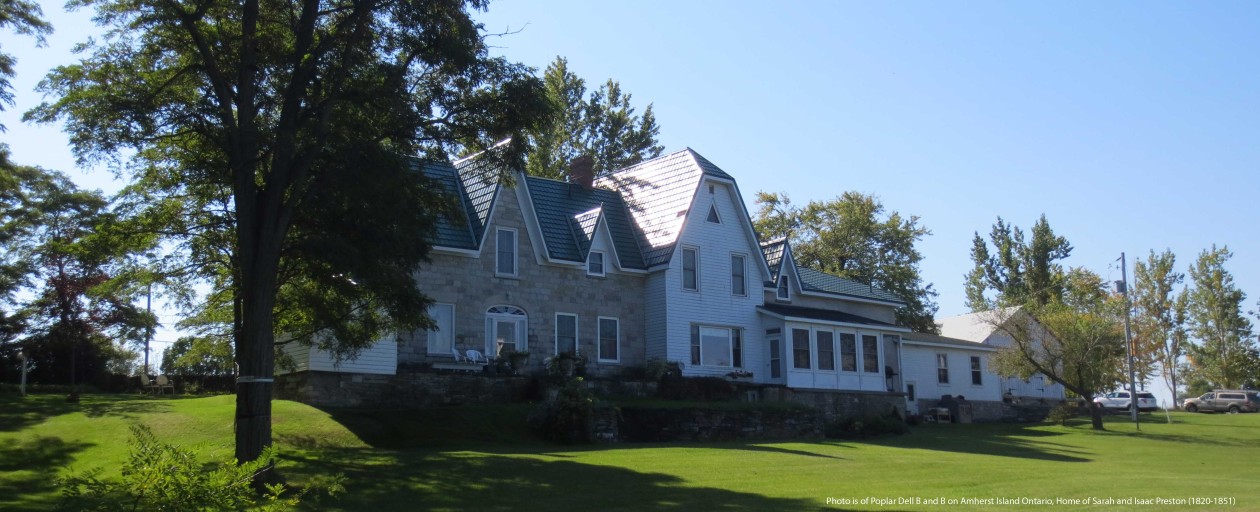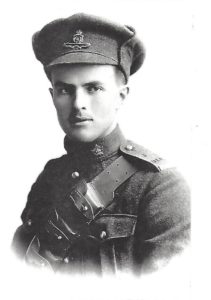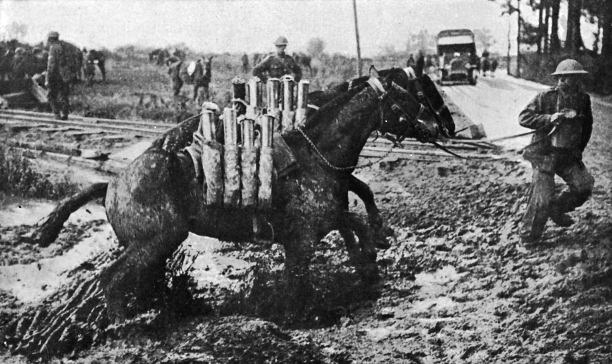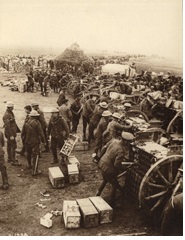Expanded Synopsis: “Loyalty”
1798. Rebellion. Ireland is ablaze. The British 23rd Light Dragoons, smash into the line of United Irishmen Rebels and French Army. A slaughter of the rebels ensues. Posted to Donegal, the handsome Isaac Preston of the 23rds meets the pretty, yet strong-willed Sarah Porter, a captain’s daughter. Her proud, overbearing father forbids her courtship by the tenant farmer’s son, he of inferior class. Facing a decision between love and privilege, she chooses to elope, leaving a life of comfort for common living in the Belfast Barracks in 1801.
History unfolds conflicts and challenges, with Isaac employed as an agent on an Irish estate, following a peace treaty between Britain and France. But with Napoleon threatening invasion of Britain, the family flees, to avoid Isaac’s likely recall, journeying to upper New York State. Isaac now a successful builder and still a stubborn loyalist, refuses to swear the Oath of Allegiance, resulting in his imprisonment during the War of 1812. Sarah must endure a harrowing four year survival period as a lone parent with her four boys. Isaac imprisoned, his release in 1815 and his subsequent inability to find work in a still hostile community, leaves for Upper Canada. In 1818, he returns to take his family north to the Kingston area. They settle on Amherst Island in 1820, cutting out a farm from the forest. In June 1838 the Upper Canada Rebellion flash points includes a shootout with the Bill Johnston pirate gang in the Preston home. The fearless Sarah eludes a pistol toting guard, escaping to raise the neighbours and chase the raiders off the island. She is recognized for her “true heroic British courage”.
“Loyalty” is also a story of the Protestant – Catholic divide in Ireland and its establishment in Canada with Isaac an Orange Order original, remembered for his lifelong commitment to the Lodges.
Loyalty is tested on many fronts and on many levels. Isaac is confronted with (in his mind) disdainful Catholics, through which he must evaluate his own beliefs. Sarah faces a decision of loyalty to either the man she loves or to the upper class family to which she belongs. As well as being a page turner, the story also deals with prejudice, love, loss and resilience. It is definitely not a soft romantic story placed into a historical scene. In the style of Hillary Mantel, it is well researched, in order to get the facts right.
Based on the true story of Sarah Porter and Isaac Preston, this sweeping saga follows the key events they lived and also the historic characters they touched: General Sir Edward Pakenham; Archibald Acheson, Governor General of Canada; Benedict Arnold; Sir John A Macdonald and the pirate Bill Johnston.
Sarah Porter and Isaac Preston were the author’s great-great-great grandparents.
It is time for this old story of Upper Canada to re-visited and loved once again.






